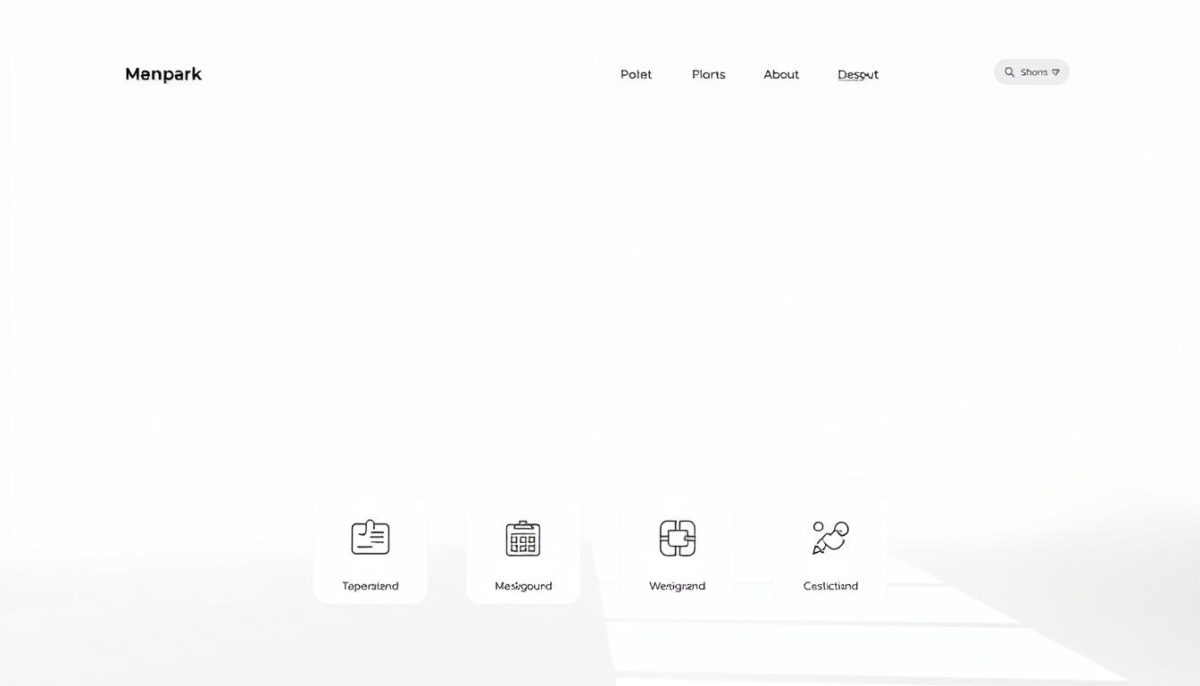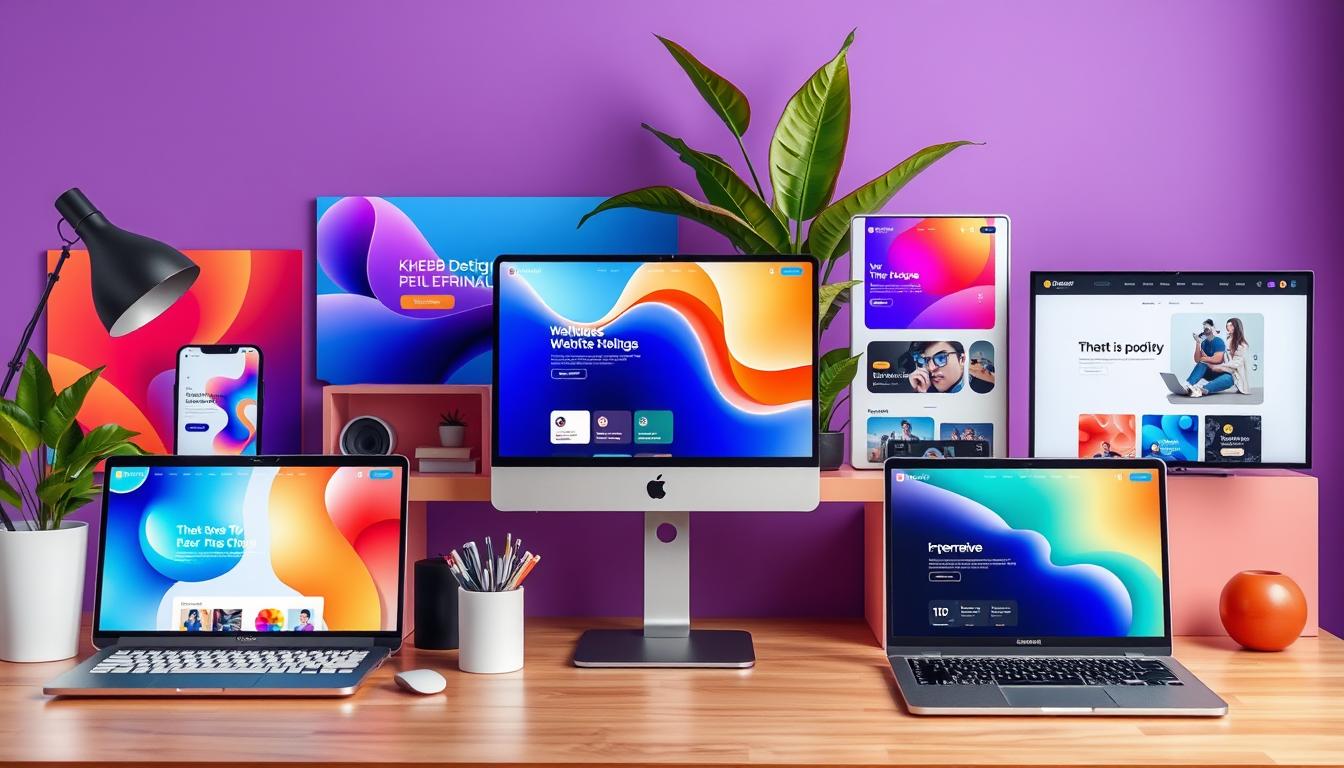As we embrace a new year, keeping up with the latest web design trends is essential for businesses and individuals looking to enhance their online presence. The evolution of digital aesthetics shapes how we communicate and engage in the digital landscape. By staying updated with the latest web design practices, you can ensure your website reflects modern web design principles, keeping it competitive and visually appealing. Let’s explore the top web design trends that will define 2023 and help you make informed decisions for your digital strategy.
Embracing Minimalism in Web Design
Minimalism in web design emphasizes simplicity, clarity, and the efficient use of space. This design approach resonates with users looking for clean, intuitive interfaces that facilitate engagement. By prioritizing essential elements and reducing clutter, designers can create web experiences that are both aesthetically pleasing and functional.
Key Characteristics of Minimalistic Design
Minimalistic design characteristics manifest in several notable ways, including:
- Limited color palettes that convey a cohesive visual identity.
- Generous use of white space, which enhances readability and focus on specific content.
- Essential elements such as striking typography and impactful imagery.
- Straightforward navigation that guides users effortlessly through the interface.
Benefits of Adopting Minimalism
The benefits of minimalism extend beyond aesthetics. Adopting this approach offers numerous advantages:
- Improved user experience, resulting in higher user satisfaction.
- Faster loading times, which reduce bounce rates.
- Easier navigation that allows users to find what they need quickly.
- Higher conversion rates as users are less distracted and more focused on calls to action.

In essence, embracing minimalism in web design not only refines the visual presentation but also enhances functionality, creating a harmonious balance that appeals to users. By understanding minimalistic design characteristics and leveraging the benefits of minimalism, designers can forge websites that effectively capture attention and drive engagement.
Top 8 Web Design Trends To Gear Up For
As we dive into the latest in web design innovations, it’s clear that the industry is evolving at an impressive pace. Designers are increasingly prioritizing interactive features that enhance user engagement, using dynamic elements such as animations and hover effects that prompt users to interact with the content on their screens. This trend not only enriches the user experience but also keeps visitors on sites longer, encouraging exploration and connection with the brand.
Interactive Features and User Engagement
Incorporating interactive web design elements has become one of the most sought-after user engagement trends. Designers utilize features like quizzes, sliders, and responsive graphics that respond to user input, transforming static webpages into engaging journeys. This interactivity fosters a sense of involvement, allowing users to feel part of the experience, which can lead to increased brand loyalty.
The Rise of Asymmetrical Layouts
Asymmetrical layouts are gaining traction as many designers break away from traditional grid systems to create visually striking websites. This trend allows for more creative freedom, enabling designers to arrange elements in unique configurations that draw attention and improve visual storytelling. These layouts add interest and provide a refreshing departure from conventional designs, showcasing a brand’s personality and making a lasting impression.
Bold Typography as a Statement
Another significant trend in web design is the use of bold typography. By utilizing large, eye-catching fonts, websites can immediately capture visitors’ attention and convey brand identity clearly. This statement-making typography not only enhances aesthetic appeal but also serves as an effective communication tool that guides user navigation and message retention. The integration of bold typefaces helps reinforce brand values and fosters an emotional connection with the audience.


No Responses